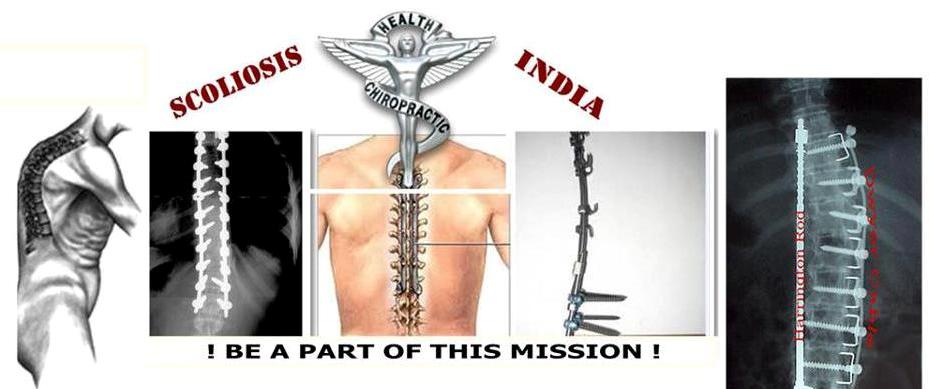Abstract
Introduction
Posterior-only
approach using pedicle screws’ fixation has emerged as the preferred
surgical technique for Scheuermann kyphosis (SK) correction. Insertion
of multiple pedicle screws while increasing stability increases also the
risk of complications related to screw malpositioning and surgical
cost. The optimal screw density required in surgical correction of SK
remains unclear. This study compares the safety and efficacy of low
screw density (LSD) versus high screw density (HSD) technique used in
posterior-only correction of SK.
Methods :
Twenty-one patients
underwent surgical correction of SK between 2007 and 2011 and were
reviewed after a mean of 29 months. HSD technique (i.e., 100 % of
available pedicles, averaged 25.2 ± 4 screws) was used in 10 cases and
LSD technique (i.e., 54–69 % of available pedicles in a pre-determined
pattern, averaged 16.8 ± 1.3 screws; p < 0.001)
was used in 11 cases. Kyphosis correction was assessed by comparing
thoracic kyphosis, lumbar lordosis and sagittal balance on preoperative
and postoperative radiographs. Cost saving analysis was performed for
each group.
Results
Preoperative thoracic
kyphosis, lumbar lordosis and sagittal balance were similar for both
groups. The average postoperative kyphosis correction was similar in
both HSD and LSD groups (29° ± 9° vs. 34° ± 6°, respectively; p = 0.14). Complication occurred in four patients (19 %) in the HSD group and in two patients (9 %) in the LSD group (p = 0.56).
Three patients required re-operation. Compared to HSD using LSD saves
4,200£ per patient in hardware and 88,200£ for the entire cohort.
Conclusion
LSD technique is as safe and effective as HSD technique in posterior-only correction of SK. Implant-related cost could be reduced by 32 %.
In this investigation the high screw density cohort is contributed by Mr. Sm Mehdian.
Source : Springer , 8th August 2014
